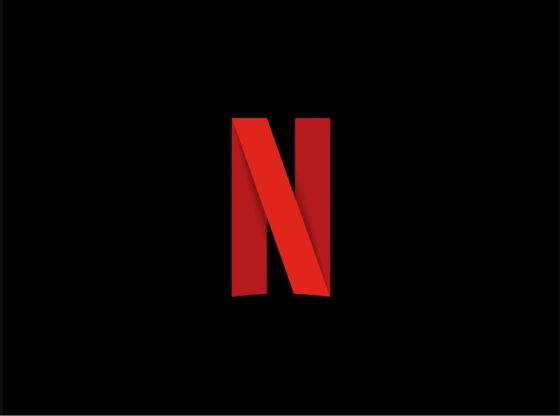 Photo by: collider.com
Photo by: collider.com
The aptly titled film, “The Grey,” is a well-thought-out examination of the human survival instinct, following a band of seven plane crash survivors as they hike through the woods looking for rescue.
A host of characters represent various possible alternatives based on archetypal personalities, and there is also a good bit of existential philosophy thrown into the film for good measure. However, unlike the psychological aspects of the film, these intriguing moments of philosophy are often few and far between, muddled amidst terror and the struggle to survive.
The cinematography of “The Grey” is one of its strongest characteristics. Tight, low camera angles create a raw sense of intimacy between the viewer and the characters. Most of the film is shot with this gritty imagery adding to the thrill and terror of the experience.
The plot itself is mostly disappointing, as hints of creativity quickly turn to predictability, making the film little more than a glorified slasher flick.
However, there are elements of real emotion and intellectual curiosity.
The symmetry between a pack of humans wandering the forest and a pack of wolves is also brought into “The Grey” briefly at times. Again, like the existential philosophy, it is not fully explored and only appears in rather overt moments as though the screen writers, Carnahan and Ian Mackenzie Jefferies, are blatantly stepping onto the film and jumping up and down pointing at the scene saying, “Look, look how clever we are.”
The acting, for the most part, doesn’t disappoint. Liam Neeson does a wonderful job as the hunter, Ottway, who specializes in killing wolves for a petroleum company in the Arctic Circle.
Ottway’s character calls for a tortured leader who tries to find some salvation in saving the band of stragglers. And Neeson does the job well, playing a sensitive but strong character, who struggles constantly with the morality and mortality of his existence.
The rest of the cast does a fairly decent job playing off of Neeson’s character, especially Frank Grillo, who plays a hard and unemotional Diaz, a man that seems unwilling to accept himself or his existence. In a powerful scene towards the end of the film, Grillo does a wonderful job finally exposing the humanity of Diaz. Unfortunately, Dallas Robert, who plays Hendrick, seems to lack the same finesse as Grillo and his performance in this scene feels forced and unauthentic, which halts the momentum that Grillo creates.
Despite this, the dialogue of the film leaves a little something to be desired. Although there are few annoying cliché moments, the dialogue is generally just not quite as cutting and intriguing as it could be, and feels more often like it’s acting as filler than adding any real depth to the film.
The brunt of the movie takes place in the horrific scenes of survival pervading throughout the two hours. This is unfortunate because “The Grey” had boundless potential, and had there been truly penetrating dialogue and acting, it would have been much more than just an above -average survival flick.
“The Grey” is not severely lacking in any particular area and is a fairly decent survival movie, if that genre interests you. However, for a movie to be truly great, it has to be profound and fresh in some way.
“The Grey” has its moments, but they are few and often far between in the middle of a lot of predictable terror. Anyone who enjoys thriller movies will probably appreciate this film. However, outside of that specific genre, “The Grey” has little to offer.










